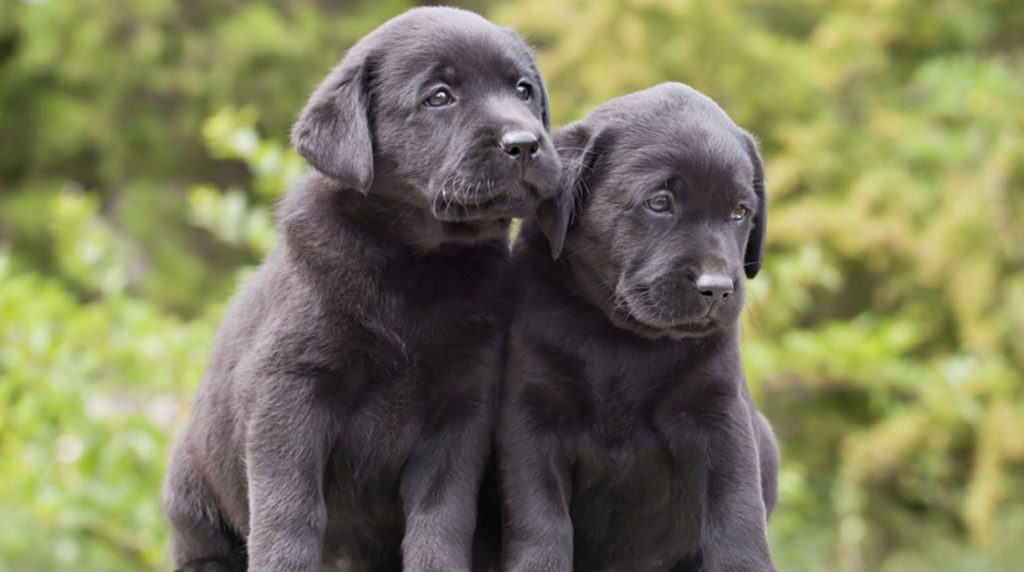
When Should Dog Training Start?
Training starts as soon as a dog becomes a puppy. There’s always an appropriate time and place for everything a canine needs to learn throughout its lifetime.
Young puppies may not yet be old enough for formal training of their basic commands; that will come later, when the young quadruped has discovered who their master and mistress are as well as where he may do his business and sleep at night.
Early training of small puppies
An experienced breeder provides their pups with an education tailored to them from an early age. While their mother may provide shelter and comfort for these canines, all baby doggies must be taught trust for people, children and other animals at this age. Also important are familiarizing themselves with everyday noises like vacuum cleaners, clanking cookware and falling objects while becoming familiar with driving cars, carriers or being carried.
Once the four-legged addition arrives at your home, it is imperative that he learn who his confidantes will be. He must trust you; so be consistent, fair and loving during puppy training sessions. Use hand and body signals or vocal modulation techniques to teach him to pay attention and listen early on; show where his sleeping quarters and food bowl are and provide an area for defecation; this way you can also provide housetraining lessons!
Age to learn basic commands is determined by each parent or educator.
Before the seventh month, puppies still must learn many other basic rules, orient themselves in their new home with new caregivers, and cannot yet concentrate. It takes dogs six to seven months of age before they respond to basic commands such as “sit,” “down,” “stay” and “heel.” Give positive reinforcement whenever your pet does something right by rewarding with praise or positive reinforcement techniques such as walking. Make time every day for dog training no matter the age of your animal companion: play games together, go for walks together and make clear announcements when necessary.
Young dogs in their eighth month of life tend to go through puberty. Just like human teenagers, these pups test their limits, push beyond what’s comfortable, and require consistent, yet clear training methods. Consistency does not have to mean harshness – instead patience and reassurance may be more appropriate approaches than harsh words and punishments. Split your lessons up into individual steps until your four-legged has learned them before continuing on with your curriculum.
If you plan to engage your four-legged friend in physically demanding dog sports – such as agility or pulling dog sports – wait until he has fully matured as unaccustomed movements could strain his joints while still developing.
Dog Training in Old Age
Even adult and senior dogs can still learn, although training might take longer if undesirable behavior was already established before. Senior dogs can still be taught tricks in an age-appropriate manner; although their bodies may no longer be as flexible, old dogs still enjoy using their head or using their nose in activities like nose work and search games!

